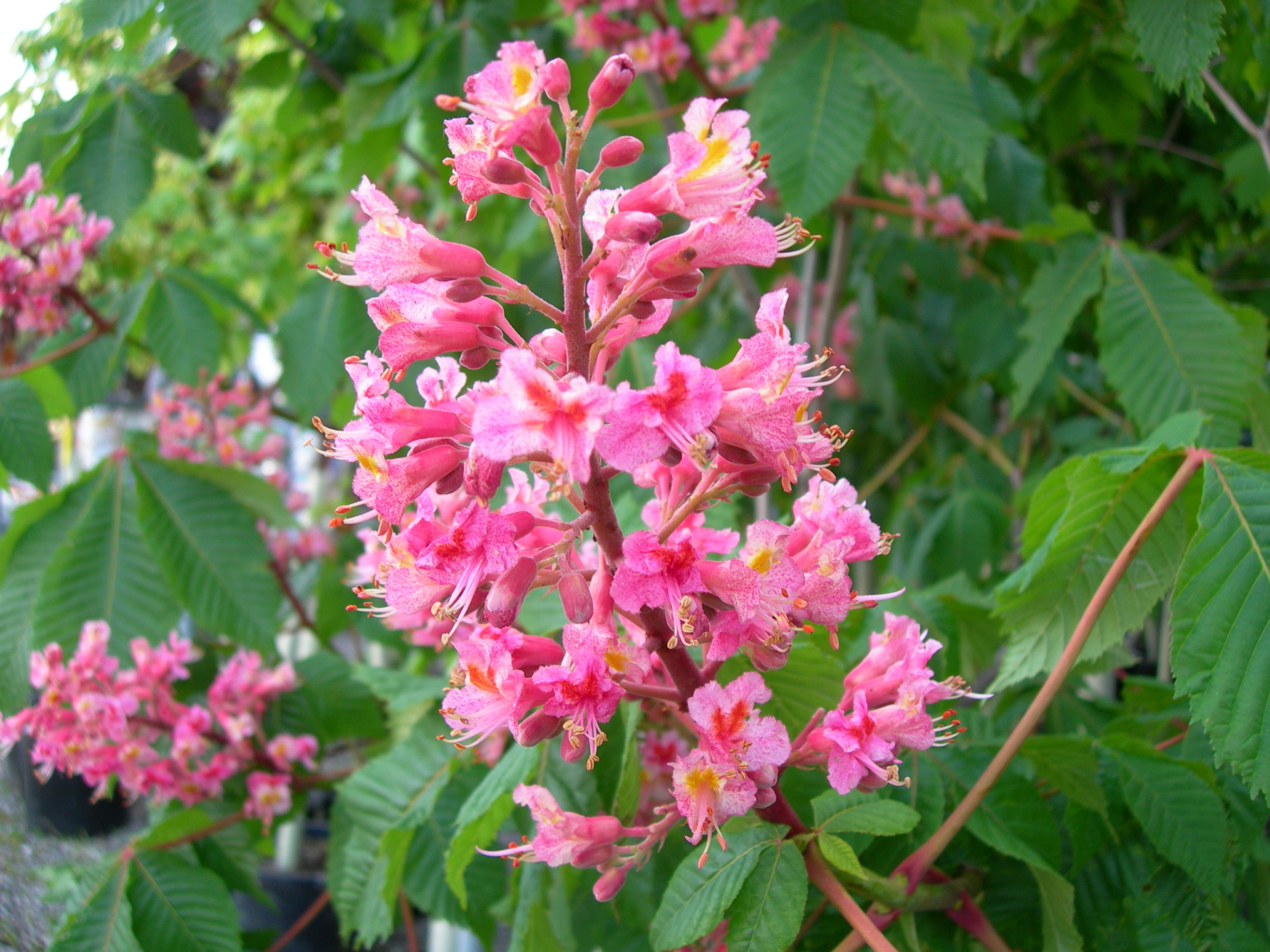When we think of flowering trees and shrubs, our minds usually turn to those early spring bloomers – magnolia, forsythia, ornamental cherries and pear trees, and redbuds.
Once that initial burst of flowers is finished, though, there still are many plants that will become the next ones to show-off in the June garden.
Here are a few flowering trees and shrubs that you may want to consider for your garden:
Tulip tree (Liriodendron tulipifera): There always seems to be some confusion when it comes to the tulip tree. Understandably, some think that this name refers to the magnolia tree, but it is a totally different genus of tree.
The tulip tree is a large, fast-growing shade tree that can reach up to 35 metres tall. It is considered native to the south shore of Lake Huron, the north shore of Lake Erie and the Niagara Peninsula.
Its scented, tulip-like yellow flowers with an orange centre attract bees and tiger swallowtail butterflies, whose larvae feed on the leaves. The seeds of the trees are a great source of food to birds and other wildlife.
Pink flowering chestnut (Aesculus x carnea ‘Briotii’): The pink flowering chestnut is a medium-sized tree reaching about 7.5 to 10 metres high, much smaller than its larger cousin, the horse chestnut.
It produces large, upright, pink flower panicles about 10 centimetres long. The flowers attract both bees and hummingbirds. It thrives in average, well-drained soil and in full sun or part shade.
Dove Tree (Davidia involucrate): Also known as the Handkerchief Tree, the dove tree is not commonly available, but worth the search if you like to have unusual plants in your garden.
It is best known for its inflorescence, which includes large white bracts that surround a purple-red flower cluster. The bracts resemble a pinched handkerchief or the wings of a dove, hence its name.
Chinese flowering dogwood (Cornus kousa): The Chinese dogwood is a later blooming species than the Florida dogwood (Cornus florida). The straight species has four, white, pointed flower bracts that emerge mid-June.
There are some pink flowering varieties such as “Satomi.” After a longer blooming period, this shrubby tree produces large, red strawberry-like fruit that will attract the birds.
Slender deutzia (Deutzia gracilis): This is a great choice for the smaller garden. A compact shrub, it grows to about 0.6 metres tall and one metre wide. Little pruning is required.
In June, the plants are covered with clusters of small, frilly white flowers. Several varieties are available at garden centres, including one called “Chardonnay pearls,” which has soft yellow leaves.
Beauty bush (Kolkwitzia amabilis): Beauty Bush is another plant that is often confused with another flowering shrub – weigela. It produces masses of small, light pink, tubular flowers in June.
Its flowers are slightly smaller than the weigela’s flowers. This large growing shrub often reaches at least three metres high and wide. It has cascading branches that create a beautiful, graceful shape. A newer variety of interest is one called “Dreamcatcher” Beauty Bush, sporting lemon yellow foliage with the same light pink flowers.
Weigela (Weigela florida): This is one of the families of plants that has seen many new varieties come on scene. All Weigelas have trumpet-like flowers ranging from white to different shades of pink to red, depending on the variety.
There have also been many dwarf varieties (only growing to two feet high and wide) come on to the market such as My Monet, Spilled Wine and Midnight Wine. Another that has recently come out is the Sonic Bloom series, which are heavier, repeat bloomers. These showy tubular flowers attract hummingbirds.
Black lace elder (Sambucus nigra ‘Black Lace’): For a fast-growing shrub with colourful, fine-textured foliage, black lace elder is a great choice for the back of a mixed border.
In June, it also produces large, flat clusters of light pink flowers that contrast nicely with dark, burgundy-black leaves. This shrub can grow to be around three metres tall but responds well to a hard pruning in early spring to control its size. Does best in full sun.
So, if your garden is lacking flowers this month, the addition of any of these plants will help keep it blooming into summer.
Joanne Young is a Niagara-on-the-Lake garden expert and coach. See her website at joanneyoung.ca.











